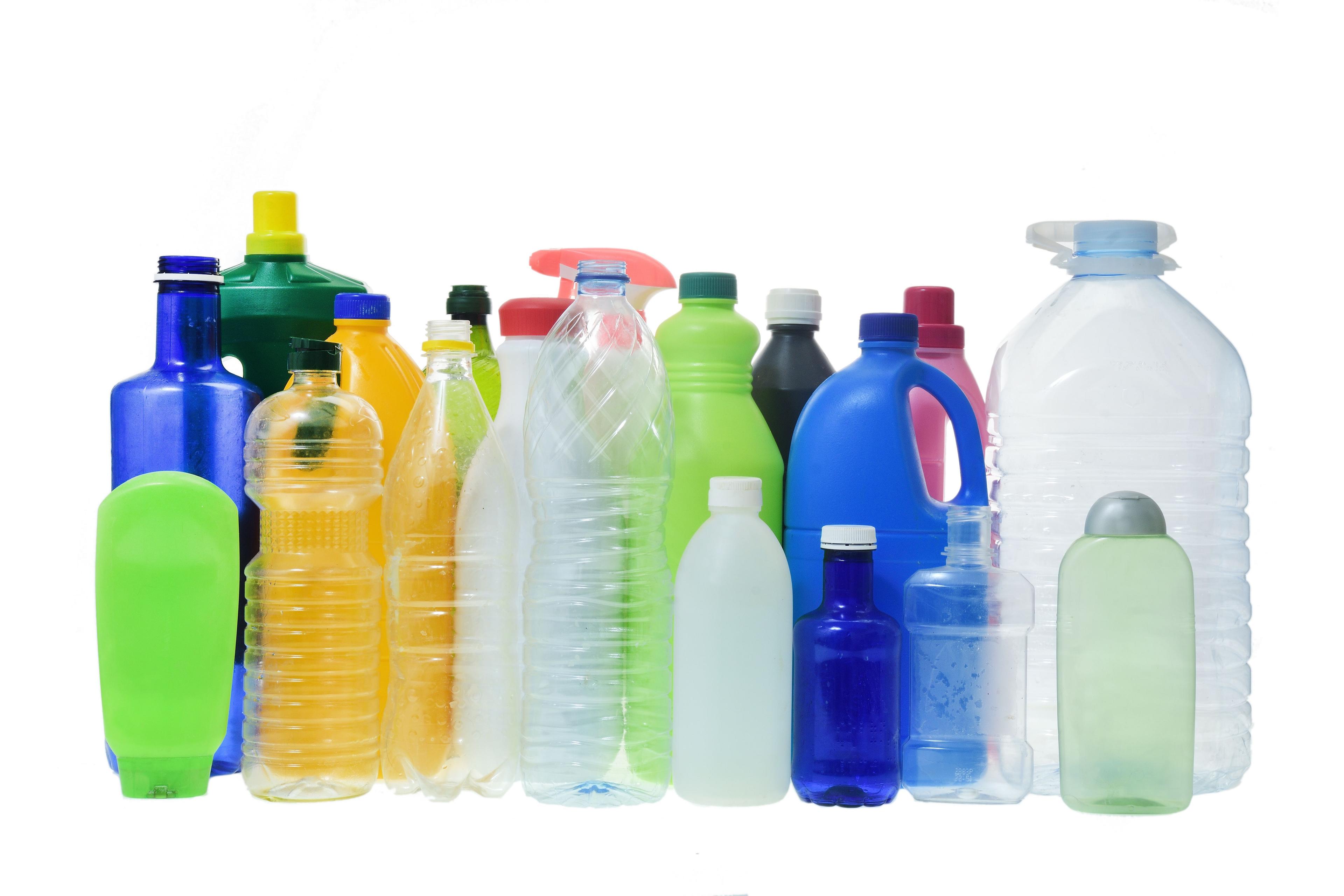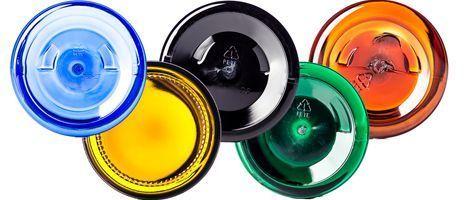How to Choose Between HDPE and PET Bottles


Understanding the Key Differences
When it comes to selecting the right plastic bottle for your product, two popular choices stand out: HDPE (High-Density Polyethylene) and PET (Polyethylene Terephthalate). Both materials offer excellent packaging solutions, but each has distinct properties that make them better suited for specific applications. So, how do you decide between HDPE and PET bottles? Let’s break it down.
1. Strength and Durability
HDPE bottles are known for their toughness and impact resistance. They can withstand drops and rough handling without cracking, making them ideal for industrial and household chemical packaging. PET bottles, on the other hand, are lightweight but strong, with excellent shatter resistance. They are commonly used for beverages and personal care products due to their clarity and sleek appearance.
2. Barrier Properties and Chemical Resistance
If your product needs protection from moisture, oxygen, or UV light, PET bottles offer a better barrier. They help preserve carbonation in beverages and prevent contamination in food products. HDPE, however, excels in chemical resistance, making it a preferred choice for detergents, motor oils, and pharmaceuticals.
3. Transparency vs. Opaqueness
Do you want your product to be visible through the bottle? PET bottles provide crystal-clear transparency, making them perfect for showcasing beverages, lotions, and juices. HDPE bottles are naturally opaque or translucent, which works well for products that don’t need to be displayed visually, such as cleaning agents or prescription medications.
4. Sustainability and Recycling
Both HDPE and PET bottles are recyclable, but PET tends to have a higher recycling rate due to its widespread use in beverage packaging. PET is often turned into new bottles, polyester fabric, or packaging materials. HDPE is commonly recycled into piping, plastic lumber, and storage containers. Choosing between the two depends on your sustainability goals and regional recycling capabilities.
5. Cost Considerations
PET bottles are typically more cost-effective for high-volume beverage and food packaging, as they are lightweight and efficient to produce. HDPE bottles, while slightly more expensive, offer superior durability and resistance, making them a better long-term investment for industrial applications.
Making the Right Choice for Your Product
Ultimately, your choice between HDPE and PET bottles should depend on your product’s needs:
- Choose HDPE if: You need impact resistance, chemical protection, and an opaque container for products like household cleaners, pharmaceuticals, or industrial chemicals.
- Choose PET if: You need a lightweight, clear, and visually appealing bottle for beverages, cosmetics, or food products.
Explore Your Options with Us
At Container & Packaging, we offer a wide selection of both HDPE and PET bottles to meet your specific needs. Browse our collection today to find the perfect packaging solution for your product!
SEO Details
Meta Title: How to Choose Between HDPE and PET Bottles | Container & Packaging
Meta Description: Not sure whether to use HDPE or PET bottles? Discover key differences in durability, clarity, cost, and sustainability to make the best choice for your product.
Suggested URL Slug: choose-hdpe-vs-pet-bottles




